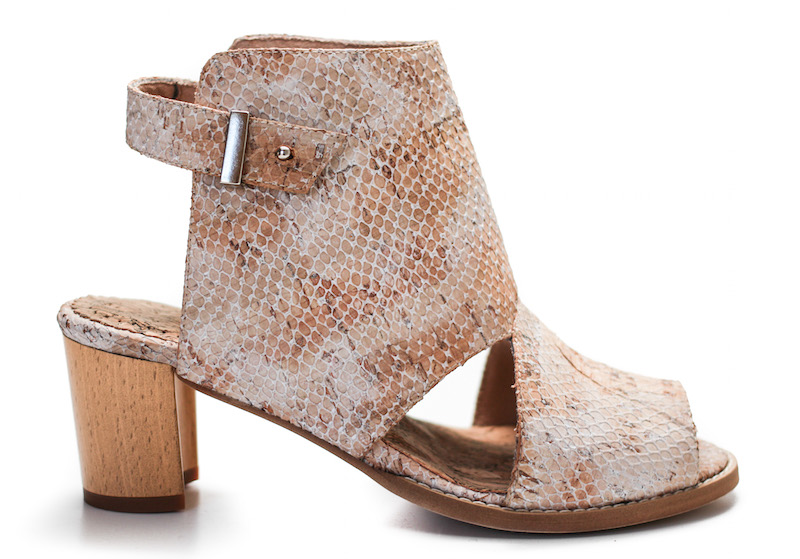Consider this scenario.
You spend years dreaming up the perfect apparel product.
You spend months meticulously creating it.
You tweak and stitch and hem and haw over it until…
It’s perfect.
To you.
But what about the lady on the other side of the country, who really wishes the zipper slid up and down a little easier?
Have you tested it to make sure it’s also perfect for your customer?
There are two phases of product development that I would say are a must.
1.) To test your product in the pre-product development process.
2.) To test your product in post-product development.
First, you want to test your concept.
The easiest way to do this is by sending out a survey to your target market (ideally through your email list). This should help you identify your ideal customer, as well as let you know how likely they are to pay for your product.
Once you receive the feedback, consider every bit of it. Make any necessary changes before you move on to develop your patterns and samples.
An important note here: People may not know what they want, but they definitely know what they don’t want. Phrase your survey questions in a way that provokes your future customer to tell you what they don’t like about similar garments on the market and how they feel they could be improved.
The second test is a user test of the product after the sample has already been made.
Start this process by checking to see what is federally mandated by your country for the manufacturer. For example, in the United States, baby clothing has required testing.
If you aren’t sure what testing may be required by law, use this page on the Consumer Product Safety Commission’s website to find out. (Note that this is specific to the U.S.)
You want to ensure that you’re offering a product of quality, value and safety. You need go that extra mile to make sure what you believe to be perfect, is actually — perfect.
Don’t let this overwhelm you. Testing agencies are out there who specialize in a wide variety of consumer products. Many of these tests are budget–friendly, as well. Do the research, find out what you need and factor it into your budget.
Your other product testing outlet is going to be much easier…
Your family and friends.
This has proven by many first-time entrepreneurs to be the most honest and easiest form of feedback. Reach out to someone in your target market who will be brutally honest and let you know what they like and what can be improved.
Once those two tests are completed, you’ll feel ready and confident to move into production.









